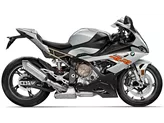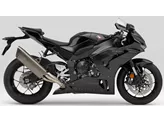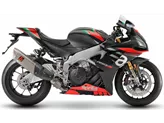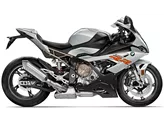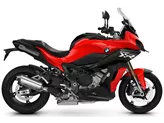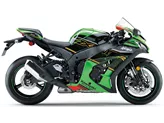Kawasaki Ninja ZX-6R 636 2013 vs. BMW S 1000 RR 2011

Kawasaki Ninja ZX-6R 636 2013

BMW S 1000 RR 2011
Vue d’ensemble - Kawasaki Ninja ZX-6R 636 2013 vs BMW S 1000 RR 2011
The Kawasaki Ninja ZX-6R 636 model year 2013 and the BMW S 1000 RR model year 2011 are both supersport motorcycles with similar engine types, in-line configurations, and four cylinders. However, there are significant differences in their technical specifications and performance.
In terms of engine specifications, the Kawasaki Ninja ZX-6R 636 has a bore of 67 mm and a stroke of 45.1 mm, resulting in a displacement of 636 cc. It produces 131 horsepower and 71 Nm of torque, with a compression ratio of 12.9. On the other hand, the BMW S 1000 RR has a larger bore of 80 mm and stroke of 49.7 mm, resulting in a displacement of 999 cc. It produces a higher power output of 192 horsepower and 112 Nm of torque, with a compression ratio of 13.
Both motorcycles feature front suspensions, with the Kawasaki Ninja ZX-6R 636 equipped with an upside-down telescopic fork, while the BMW S 1000 RR has a telescopic fork. The chassis of both motorcycles is made of aluminum, with the Kawasaki Ninja ZX-6R 636 featuring a twin-tube, perimeter, extruded frame, and the BMW S 1000 RR featuring a twin-tube frame.

Kawasaki Ninja ZX-6R 636 2013
In terms of braking, both motorcycles have double disk brakes at the front. The Kawasaki Ninja ZX-6R 636 utilizes radial, monoblock, petal technology, while the BMW S 1000 RR utilizes radial technology.
When it comes to dimensions and weights, the Kawasaki Ninja ZX-6R 636 has a front tire width of 120 mm and a rear tire width of 180 mm. It has a wheelbase of 1395 mm, a seat height of 830 mm, and a kerb weight of 192 kg (194 kg with ABS). The fuel tank capacity is 17 liters. On the other hand, the BMW S 1000 RR has a front tire width of 120 mm and a rear tire width of 190 mm. It has a slightly longer wheelbase of 1432 mm, a lower seat height of 820 mm, and a higher kerb weight of 204 kg (207 kg with ABS). The fuel tank capacity is slightly larger at 17.5 liters.

BMW S 1000 RR 2011
In terms of strengths, the Kawasaki Ninja ZX-6R 636 is praised for its sharpened geometry, comfortable seating position, good handling, and uncompromising reliability. On the other hand, the BMW S 1000 RR is praised for its improved driveability with an optimized torque curve, plenty of power, a strong engine, a good traction point, and an immaculately functioning shift assist.
However, the Kawasaki Ninja ZX-6R 636 is criticized for its high purchase price, while the BMW S 1000 RR is noted to have a fatiguing accelerating load.
Overall, the BMW S 1000 RR 2011 offers more power and torque compared to the Kawasaki Ninja ZX-6R 636 2013. It also has a slightly larger fuel tank capacity and a longer wheelbase. However, the Kawasaki Ninja ZX-6R 636 offers a more affordable price point and is praised for its handling and reliability. Ultimately, the choice between the two motorcycles will depend on the rider's preferences and priorities.
Caractéristiques techniques Kawasaki Ninja ZX-6R 636 2013 par rapport à BMW S 1000 RR 2011
Avantages et inconvénients en comparaison
Avantages et inconvénients en comparaison
Kawasaki Ninja ZX-6R 636 2013

La Kawa convainc par sa bonne maniabilité et sa fiabilité sans compromis. Une moto puissante, mais certainement pas une bonne affaire.
BMW S 1000 RR 2011
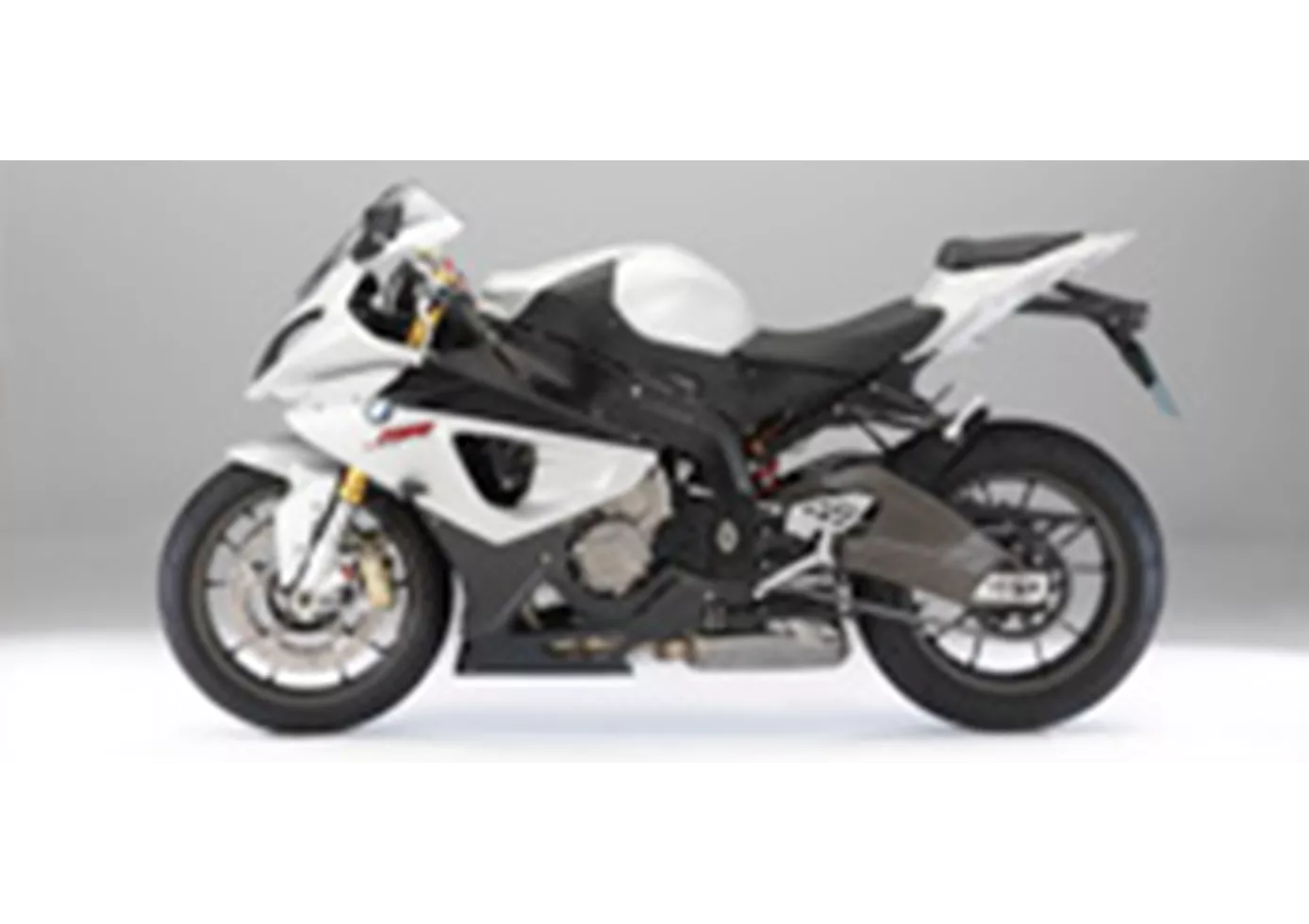
Les modifications les plus importantes apportées à la S 1000 RR ont toutefois été les nombreux petits ajustements apportés au châssis et à la géométrie. Ici, on profite désormais des milliers de kilomètres d'essais effectués par l'équipe de test BMW. C'est une évolution logique et un grand pas en avant.
Comparaison des prix Prix moyen du marché Kawasaki Ninja ZX-6R 636 vs BMW S 1000 RR
There are a few key differences between a Kawasaki Ninja ZX-6R 636 2013 and a BMW S 1000 RR 2011. It takes less time to sell a BMW S 1000 RR with 47 days compared to 122 days for the Kawasaki Ninja ZX-6R 636. Since model year 2013 1000PS.de editors have written 7 reviews for the Kawasaki Ninja ZX-6R 636 and 135 reviews for the BMW S 1000 RR since model year 2010. The first review for the Kawasaki Ninja ZX-6R 636 was published on 12/3/2012 and now has more than 20,800 views. This compares to more than 4,000 views for the first review on BMW S 1000 RR published on 4/16/2008.



